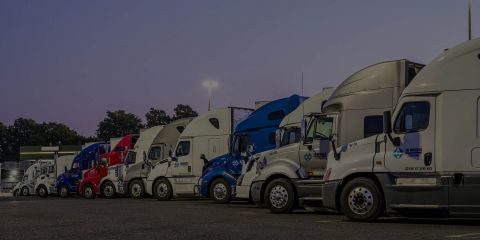
E-commerce has had an obvious impact on the shopping habits of consumers in today’s economy. People who never shopped online before have discovered its unimaginable ease and how it can benefit them in their daily life. People who used to buy one or two things online have now converted nearly all of their former shopping trips to convenient, home-based laptop sessions growing online purchases. Adapting to these new trends, the distribution companies are finding that change is necessary.
Many elements of the industry have been affected in an interesting manner, the warehousing industry is developing.
The traditional warehousing model is relatively incapable of supporting the unpredictable buying patterns and higher expectations of today’s online shoppers. So in order to increase overall productivity, accuracy, and efficiency any number of distribution centers are turning to robotics and new improved technology.
Changes to Warehousing are Needed due to a Shift Towards eCommerce
Warehouses must be more flexible in order to meet the needs of IT companies that are expanding their management systems and solutions in light of increasingly complex direct shipping to consumers and the geographical considerations that entails. More and more facilities are increasingly relying on an automation system that has become a vital tool in warehousing operations.
It has been determined that consumers who shop at retail stores behave differently than consumers who shop online. Consumers who buy online tend to return items at a higher rate than those who shop in stores. In fact, while only 10% of store bought items are returned, an average of 22% of online purchases are returned.
This trend may have something to do with the e-commerce consumer’s higher expectations. Online buyers expect minimal delivery fees, easy returns, and quick fulfillment. What this means for warehouses is that they not only feel pressured to lower their costs and improve delivery but they have to prepare to adjust to increased returns.
Sales patterns were more or less predictable and, aside from holiday rushes, and tended to remain relatively stable throughout the year. But uncertain buying patterns have risen suddenly with consumers getting goods shipped directly to their homes. Rapid adaptations by distribution centers are a necessity.
Moving Forward
Businesses used to be able to ship products to other businesses on flats. With retail stores losing popularity, shipping is being done directly to the home of the consumer. This makes for changeable shipping patterns. Now, not only do warehouses need to reevaluate shipping and picking technologies, materials, and their process but their method of handling inventory and storage as well.
What used to make logistical hubs prime locations is being increasingly affected by the surge in online shopping. Again, consumers want their goods shipped in 1 to 2 days because that’s what they have come to expect from e-commerce sites. This makes it more important for warehouse facilities to be located in closer proximity to large cities.
A 40% increase in e-commerce has been projected by companies by the year 2021. Warehouses should, in the coming years, be prepared to adapt shopping patterns and new expectations in order to tackle the latest changes of a continually rising e-commerce. Being able to rely on a dependable company that understands the challenges of warehousing and how it is changing.
